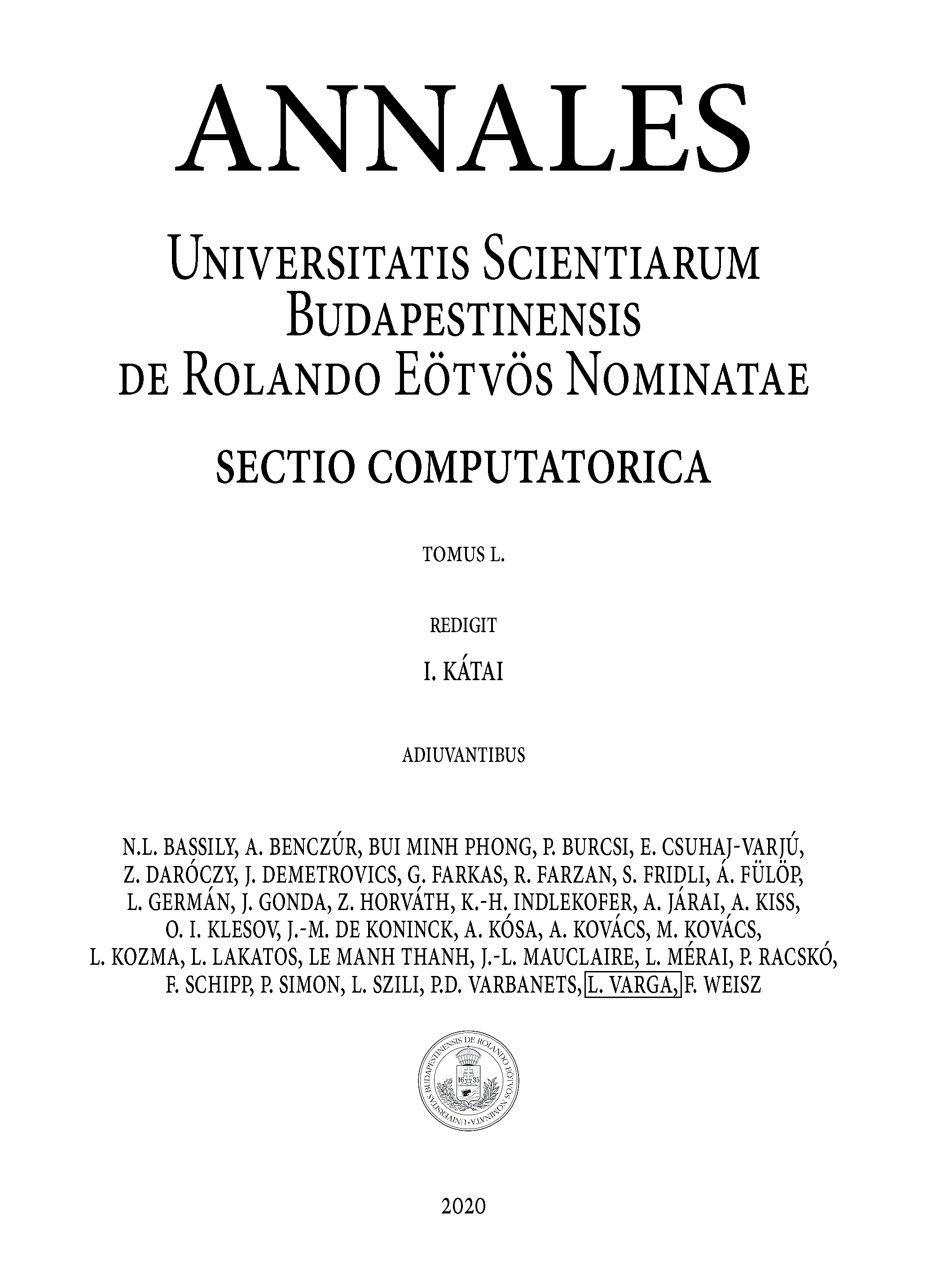https://doi.org/10.71352/ac.50.135
Revisiting rates of convergence and penultimate approximations for extremes
Abstract. In the broad area of extreme value theory (EVT), my main scientific connection with János Galambos is in the field of rates of convergence in EVT. During my stay in Sheffield, UK (1975–1978), my PH.D. supervisor, Clive Anderson, sequentially provided me with different topics of research, among which rates of convergence and penultimate approximations. And indeed I still think that there is some kind of magic in this topic, because this my first passion has been intermittently revisited until 1999, in the framework of EVT. More recently, and after 2012, I was able to find a possible strong link between this topic in the field of EVT and another field I am interested in, statistical process control and reliability. Indeed, in reliability theory any coherent system can be represented as a series-parallel or a parallel-series (PS) system. Its lifetime can thus be written as the minimum of maxima or the maximum of minima. For large-scale coherent systems it is sensible to assume that the number of system components goes to infinity and work with the possible non-degenerate EV distributions either for maxima or for minima to get adequate lower and upper bounds for the system reliability. But rates of convergence to these limiting laws are often slow and penultimate approximations can provide a faster rate of convergence. The identification of the possible limit laws for the system reliability of homogeneous PS systems is sketched and the gain in accuracy is assessed whenever penultimate approximations are used instead of the ultimate limiting one.
Key words and phrases. Extreme value theory, penultimate approximations, rates of convergence, reliability theory.
Full text PDF
 ELTE Eötvös Loránd University
ELTE Eötvös Loránd University